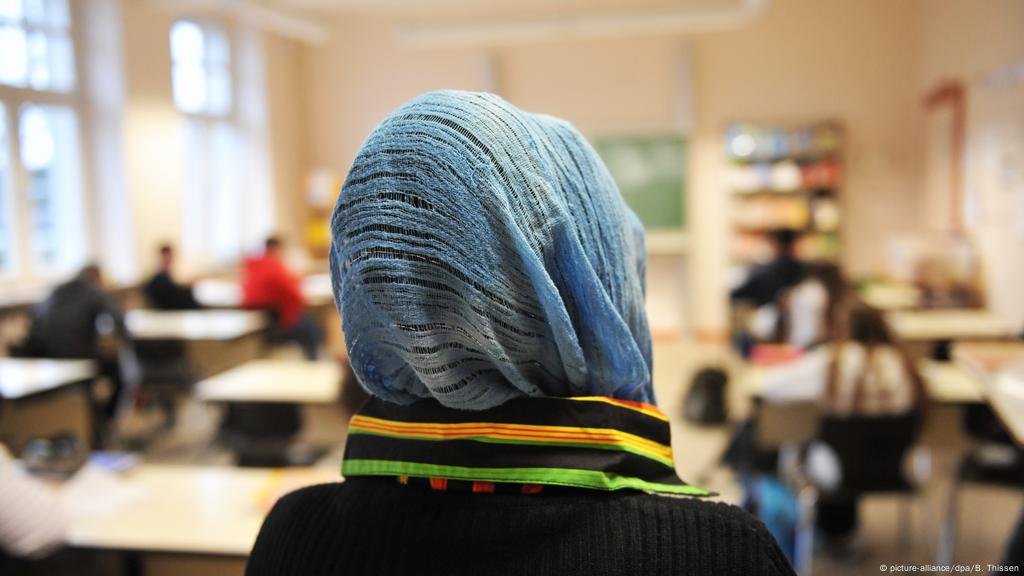07.18.21On Cold Call and ‘Voice Equity,’ a TLAC 3.0 Excerpt

As many readers know, the release of TLAC 3.0 has been delayed by a few weeks. As a result I’m going to spend much of August sharing useful pieces of the manuscript on line. This section is from the discussion of the purposes of Cold Calling, the first of which may surprise you.
In the previous section, I discussed principles for how to Cold Call, but it’s also important to know why you are Cold Calling so you can make adaptations accordingly. I can think of at least four purposes for the technique.
Purpose 1: Voice Equity
Let me begin by describing a recent Cold Call of my own, one you might not think of as a Cold Call at first but one that I hope will frame the conversation about it in a new light.
I have three children and at dinner recently the discussion was dominated by my two older children. Their voices were confident. Of course, we would want to know what happened to Aijah and Jane in math class or Nilaan and Derrin at soccer practice. My littlest sat quietly at the end of the table tracking the conversation with her eyes. Her brother and sister are five and seven years older, so perhaps she wondered: Were her stories from the day also relevant to the discussion? Would they meet with approval from her older siblings? When and how might she break in to try?
So I Cold Called her, turning to her at a tiny break in the discussion, and saying, “What about you, Goose? Are you still doing astronomy in science?”
She had not volunteered to join the conversation but I wanted her to know her voice mattered, and that her contributions were important. I wanted to show her the importance of her voice to the conversation. If she felt nervous, I wanted to break the ice for her.
There are few things more inclusive you can do than to ask for someone’s opinion or input, especially when they do not yet know whether their voice is important in a room. To ask a student who has not volunteered, “What do you think?” is to tell them their voice matters. This idea is called “voice equity” and I first began to use it after a conversation with some colleagues who trained teachers for the Peace Corps in sub-Saharan Africa.
In many parts of the countries where they worked, “Girls are not called on,” one of the team, Becky Banton, noted. There’s an unspoken gender norm and girls often do not speak up readily. Sometimes the norm comes from their families and sometimes despite their families. The expectation is transmitted invisibly, socially, mysteriously—but inexorably. “They sit quietly in the back of the room knowing the answers but not actively participating, not raising their hands, not going to the board,” Becky noted.
“When our teachers Cold Call, especially when they know a girl has a good idea by having circulated first and they say, ‘Come forward. Tell us your thinking,’ the girls answer and they succeed and you see it in their faces,” said Audrey Spencer. “It’s so fast. In the space of a single class. It builds their confidence and then we see an increase in their achievement.”
When there is a norm or an expectation that a student should not or cannot speak in class, be it societal (girls should be passive) or personal (there are three kids who volunteer; I am not one of them), the Cold Call breaks the norm for the student, absolving her of the responsibility for the violation of what is or appears to be a social code and perhaps even causing the student to see the code as a false construct.
Cold Call can remind a student that their voice matters and, often, that they are capable of participating credibly. In that sense it is a reminder that part of a teacher’s responsibility is to reinforce everyone’s right, legitimacy, and sometimes, just maybe, responsibility, to speak—for the sake of their own learning and to contribute to the classroom community.
In fact, a recent study suggests just how powerful Cold Call is in shaping students’ beliefs and expectations about their own participation. The study, by Elisa Dallimore and colleagues, tested the effect of Cold Call on voluntary participation by assessing what happened over time to students in classes where Cold Call was frequently used by the teacher as compared to classes in which it was not used.11 What they found was that “significantly more students answer questions voluntarily in classes with high cold-calling, and that the number of students voluntarily answering questions in high cold-calling classes increases over time.”
There is a double effect, in other words. Not only do more students participate in classes where the teacher Cold Calls because of the Cold Calls directly, but also because afterwards—perhaps because they experience success or perceive the norm of universal participation more strongly—they begin to participate more by choice. Further the effect the authors describe “also increases over time”: the more the Cold Calling becomes part of the fabric of class the more profoundly it causes students to choose to raise their hands. Finally, students’ affective response to class discussion changed. The authors found that students’ comfort in participating also increased. Being Cold Called didn’t cause stress; it caused comfort and confidence.
